By Chrisopher Miskimon
Unmanned aerial vehicles are generally thought of as a modern weapon of war, a product of the digital age. Like many of the vehicles and systems used by the U.S. military their origins can be traced back to the height of the American involvement in the Vietnam War in the 1960s.
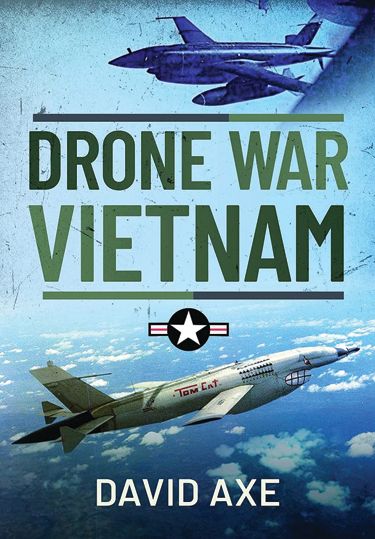 One such system was the Model 147 reconnaissance drone, often known as the Lightning Bug. It was a relatively safe way to get information about communist North Vietnam and China without risking the lives of American pilots. Each drone averaged four completed missions before being lost to enemy fire, malfunctions, or other damage. Some greatly exceeded the average time in service. The record was set by a Model 147 nicknamed Tom Cat, which completed 68 missions before the North Vietnamese downed it over Hanoi on September 25, 1974. These early aircraft and missions paved the way for the reconnaissance and armed drones in use around the globe today.
One such system was the Model 147 reconnaissance drone, often known as the Lightning Bug. It was a relatively safe way to get information about communist North Vietnam and China without risking the lives of American pilots. Each drone averaged four completed missions before being lost to enemy fire, malfunctions, or other damage. Some greatly exceeded the average time in service. The record was set by a Model 147 nicknamed Tom Cat, which completed 68 missions before the North Vietnamese downed it over Hanoi on September 25, 1974. These early aircraft and missions paved the way for the reconnaissance and armed drones in use around the globe today.
The author gathers firsthand accounts by drone operators, official histories and military records to create an interesting account of the early years of drone usage by the United States. The book is well illustrated with period photographs, and the author effectively links the drone missions to the wider war in Southeast Asia, in which the drones supported B-52 bomber missions and other activities. This work is an effective chronicle of the dawn of the drone in modern warfare.
Drone War Vietnam (David Axe, Pen and Sword Books, South Yorkshire UK, 2022, 166 pp., photographs, bibliography, index, $42.95, hardcover)
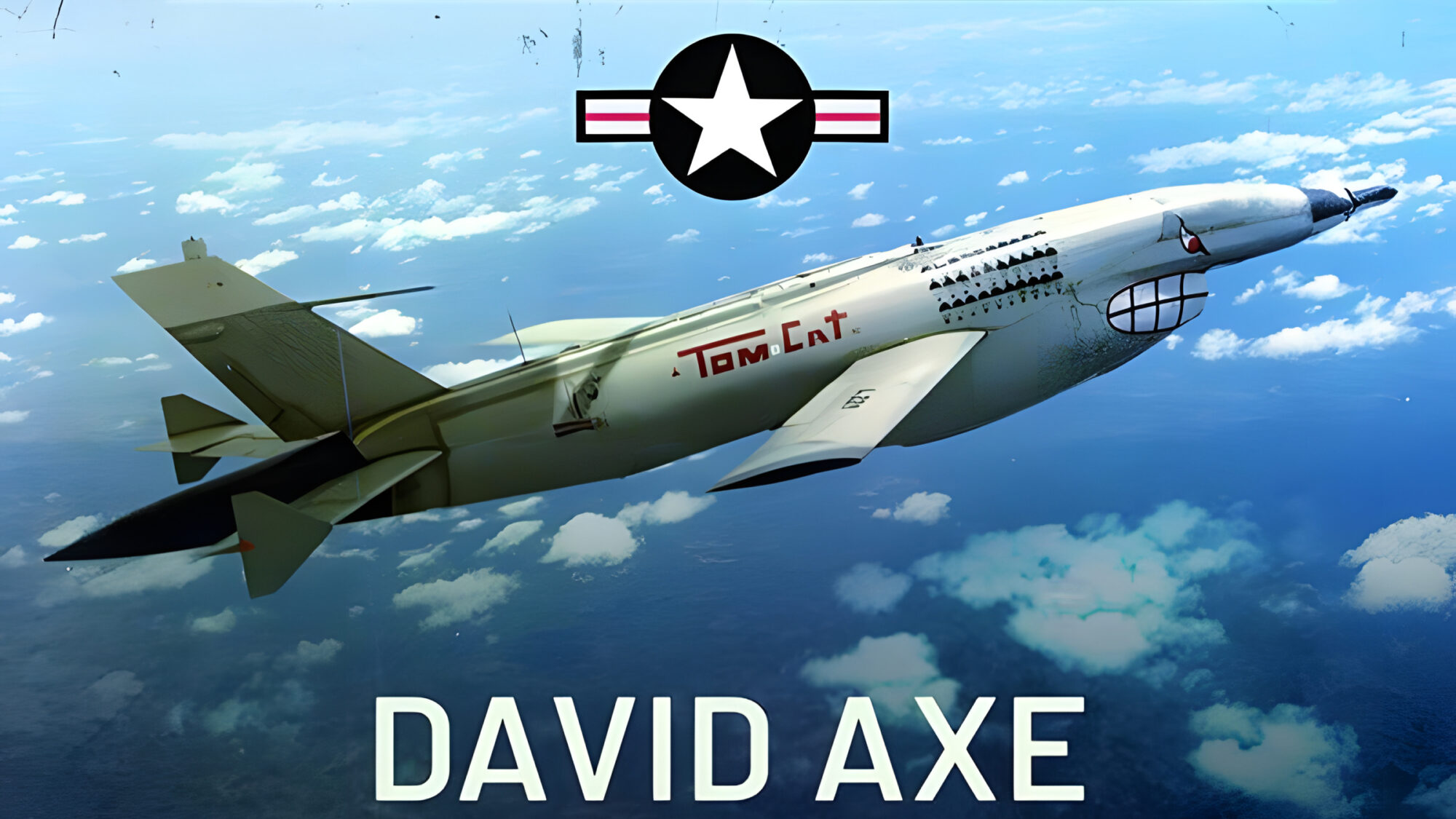
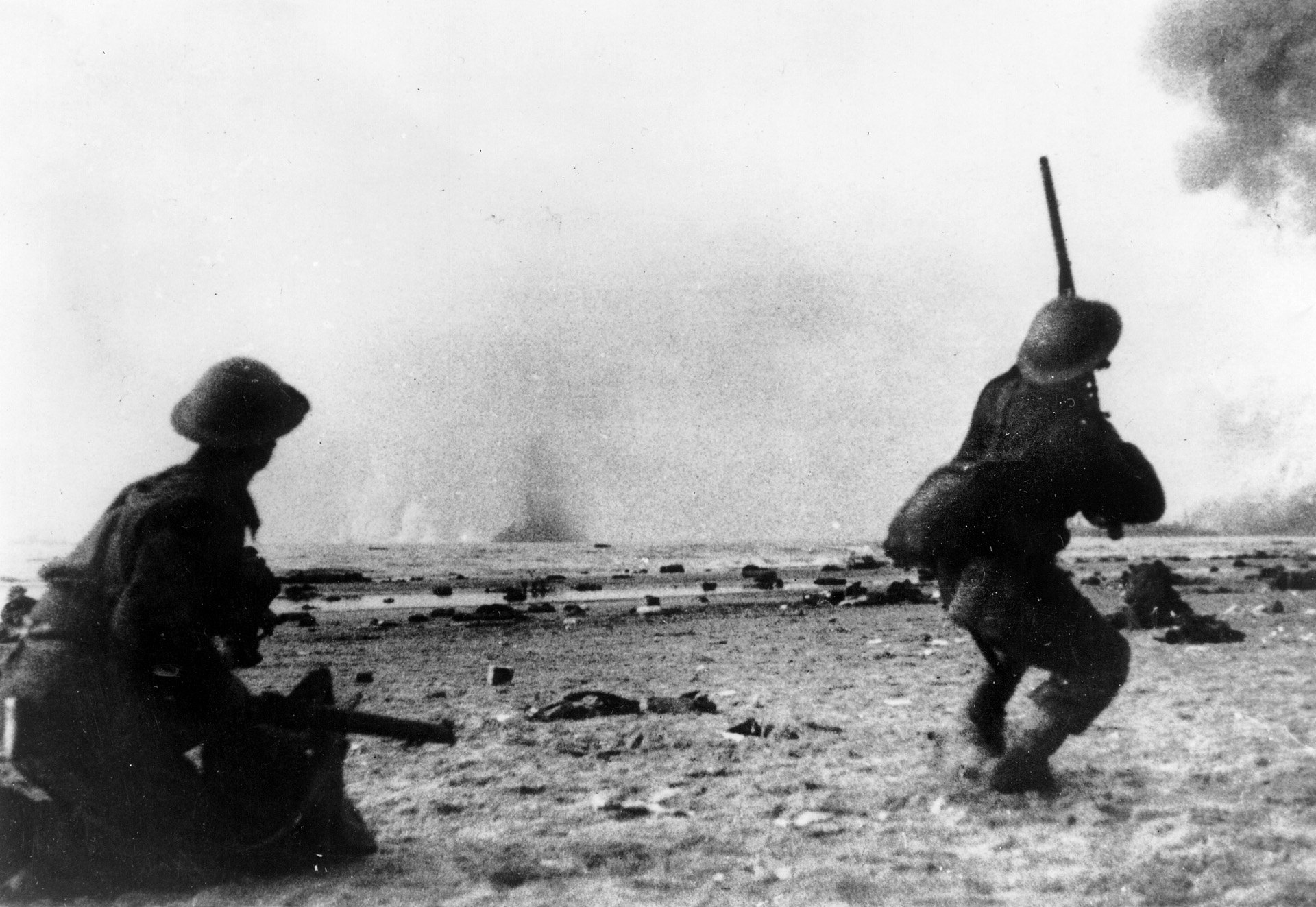
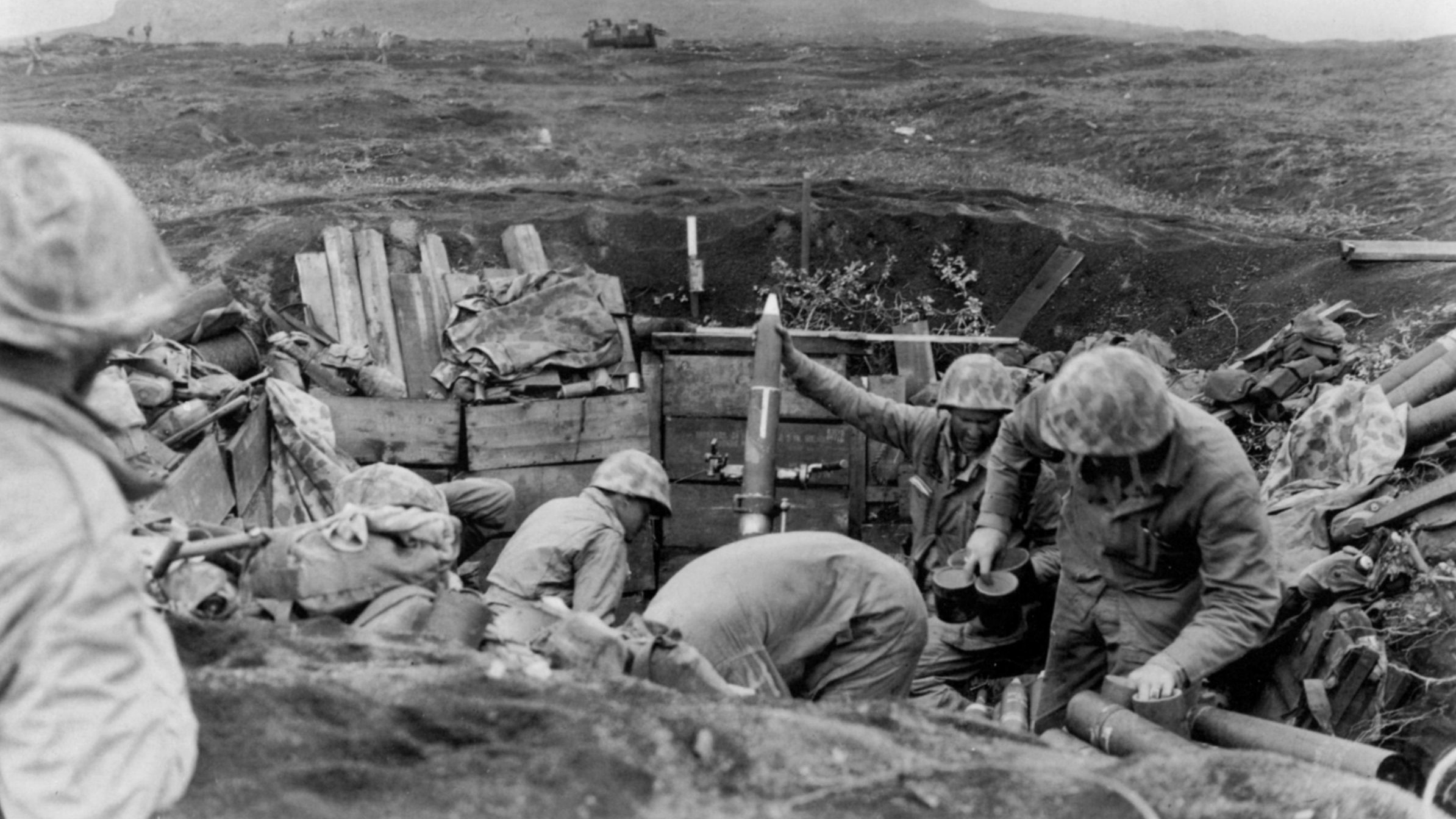
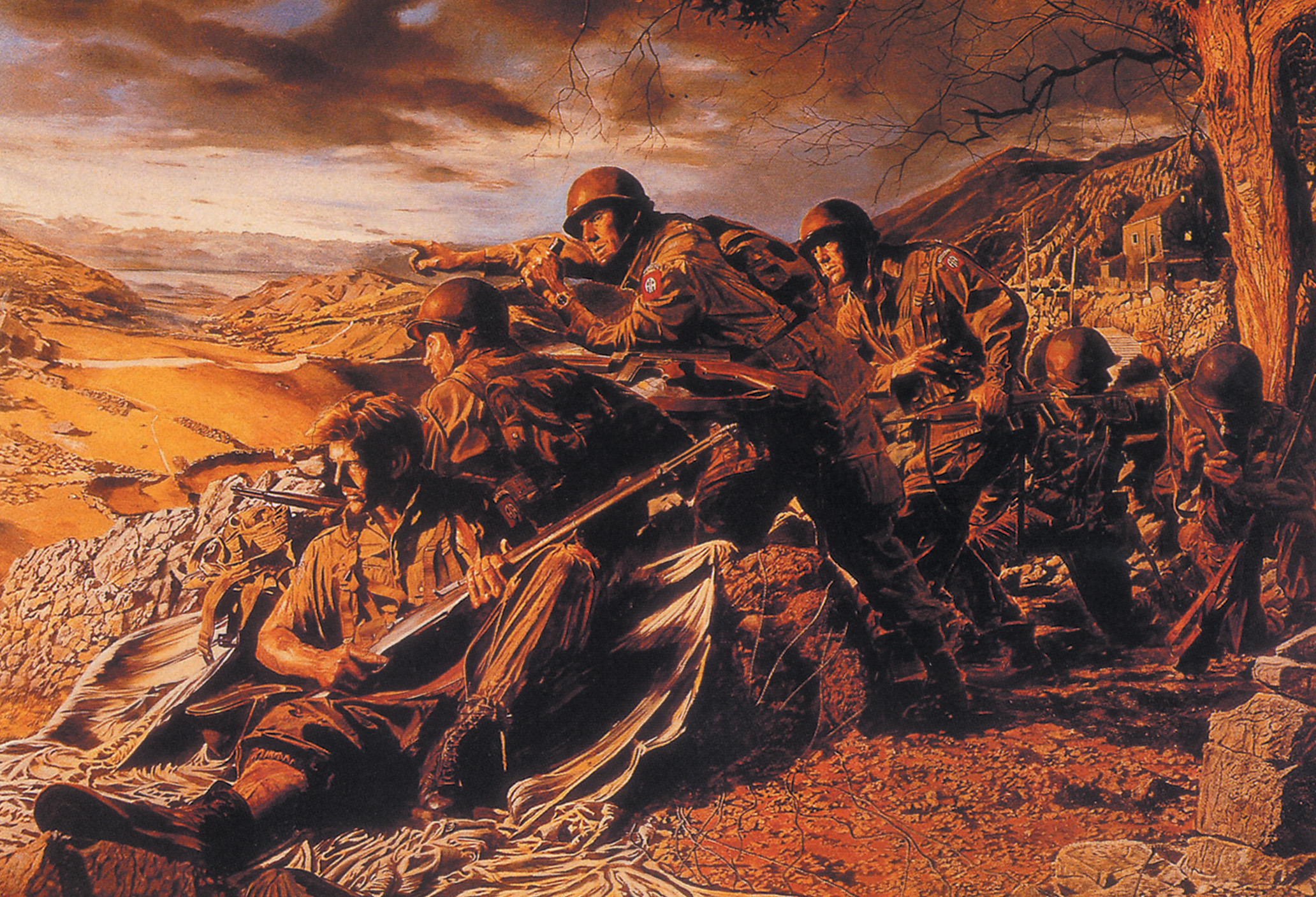
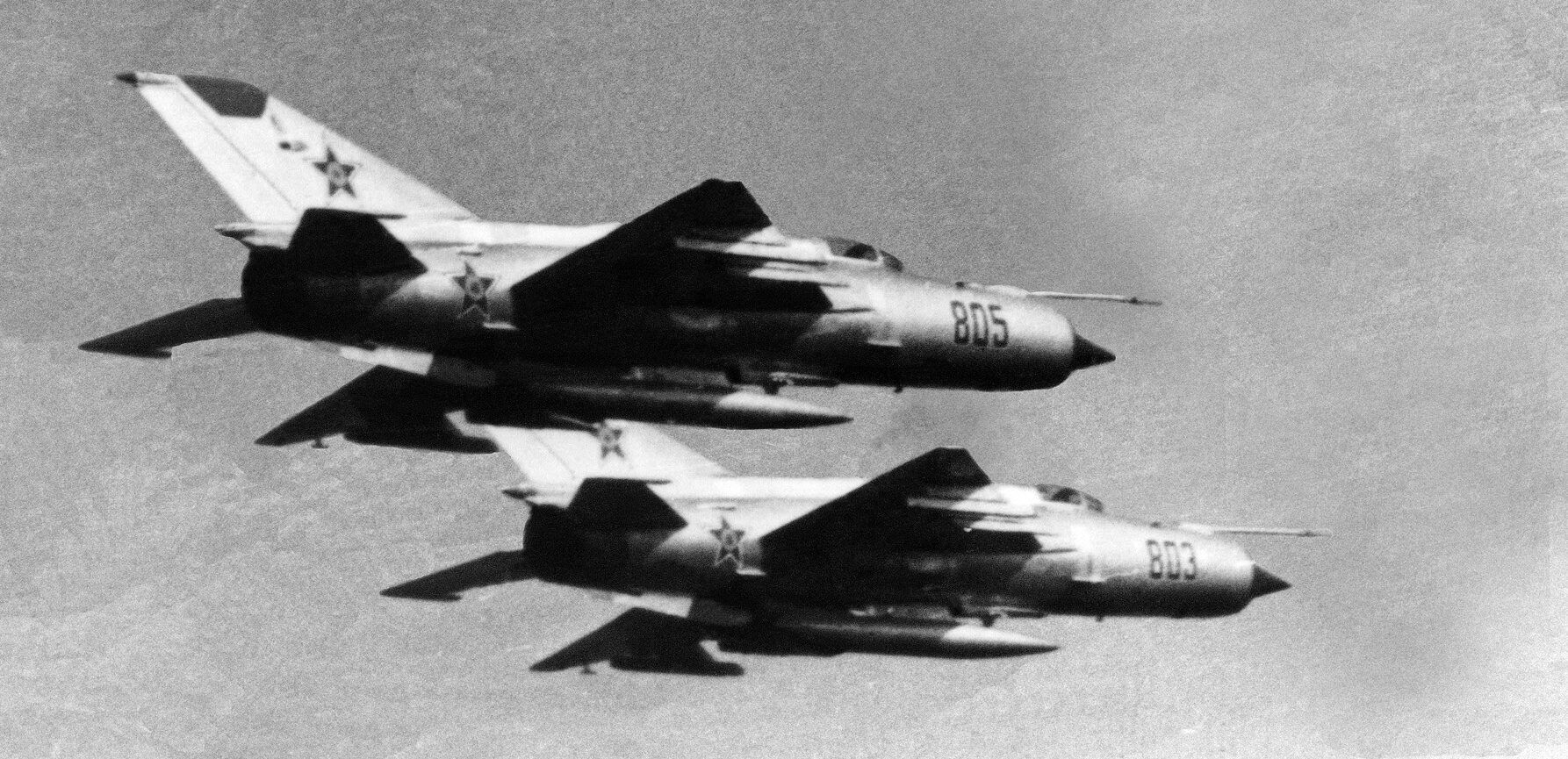
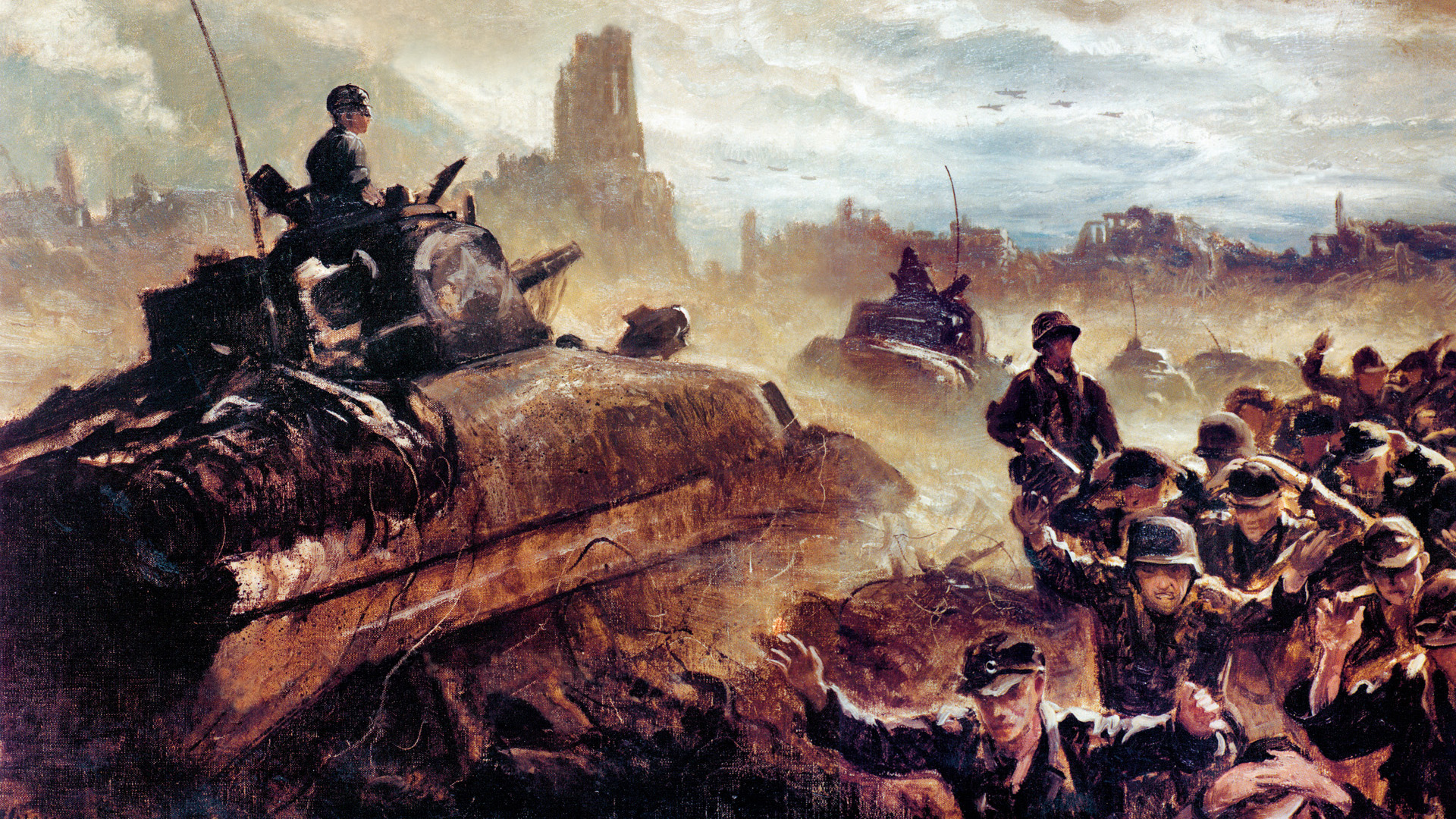
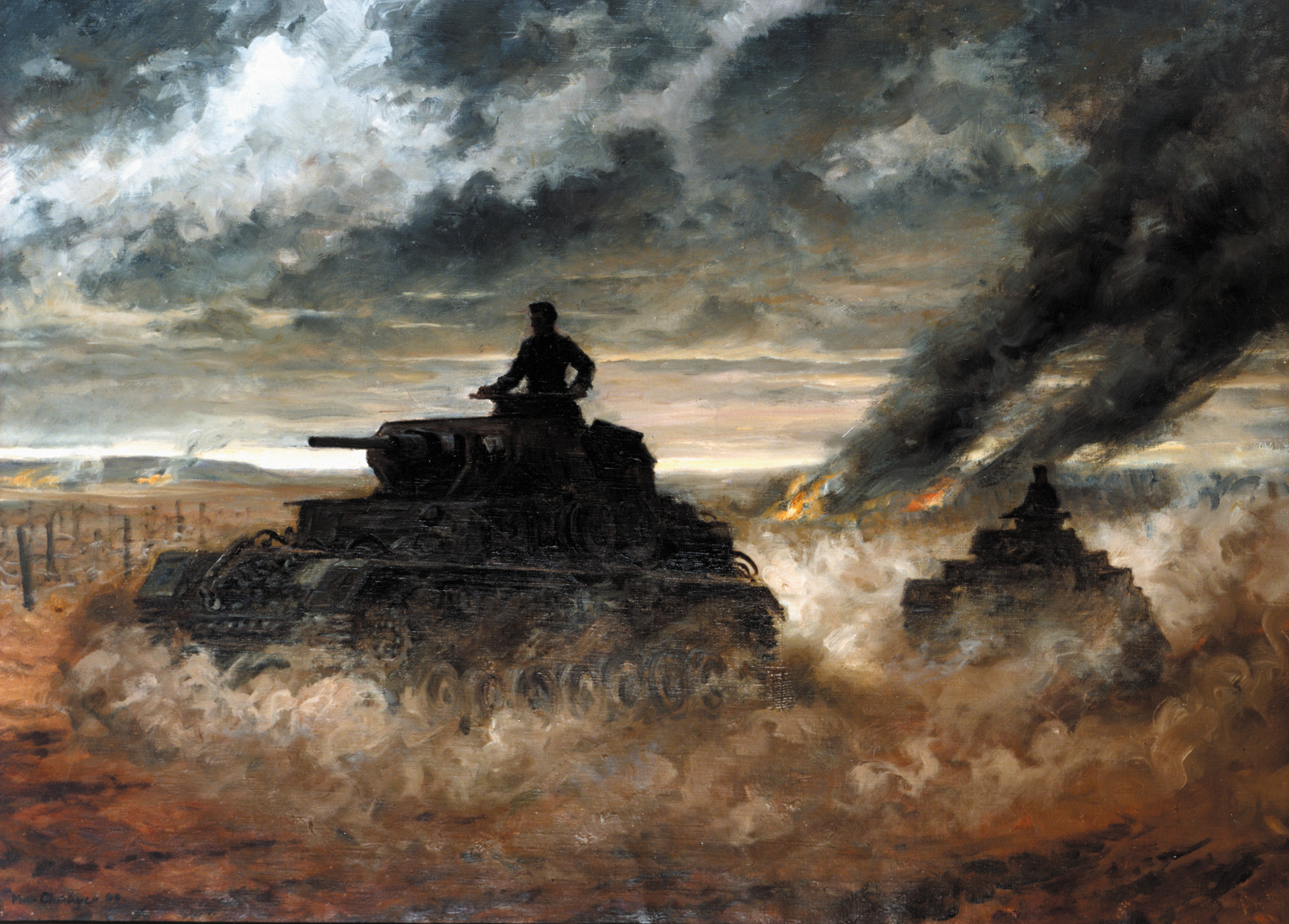
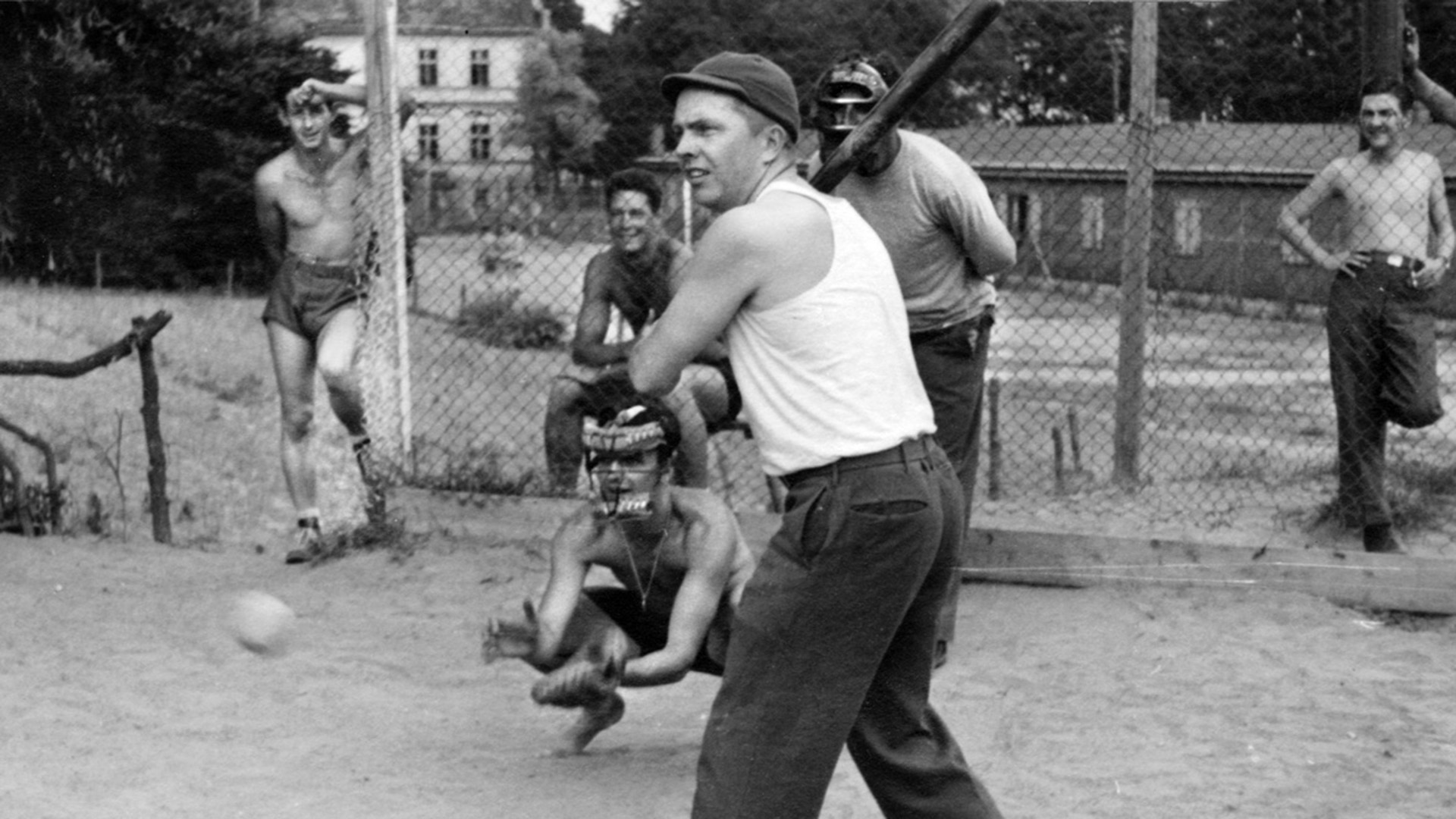
Join The Conversation
Comments
View All Comments